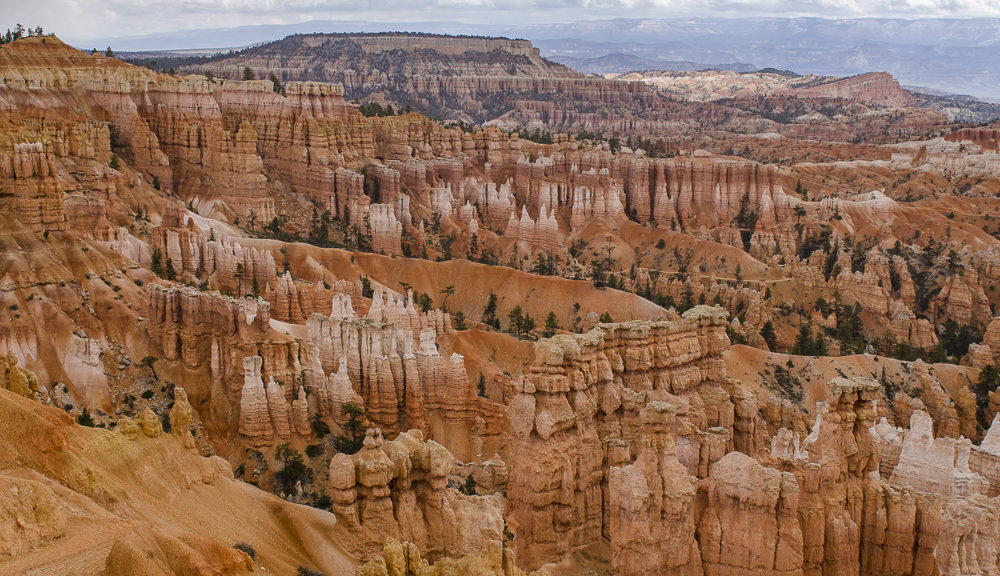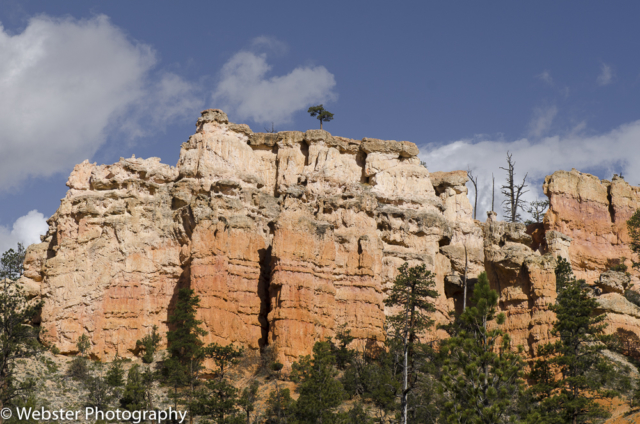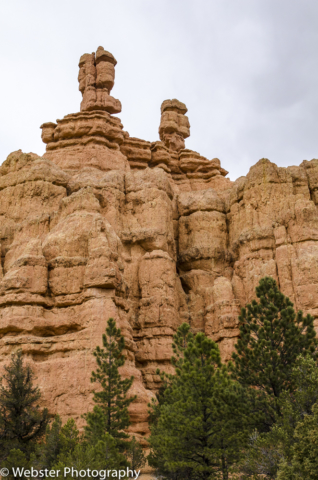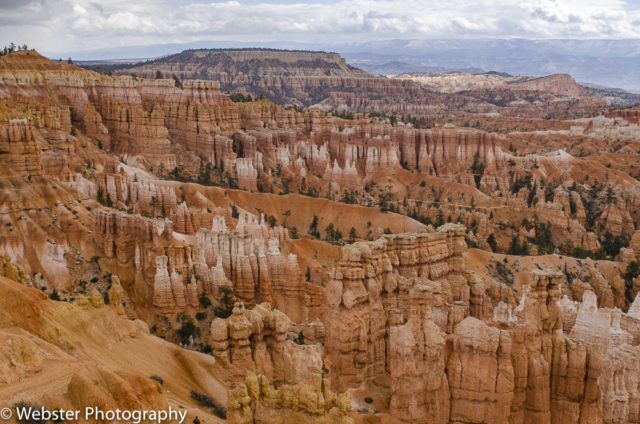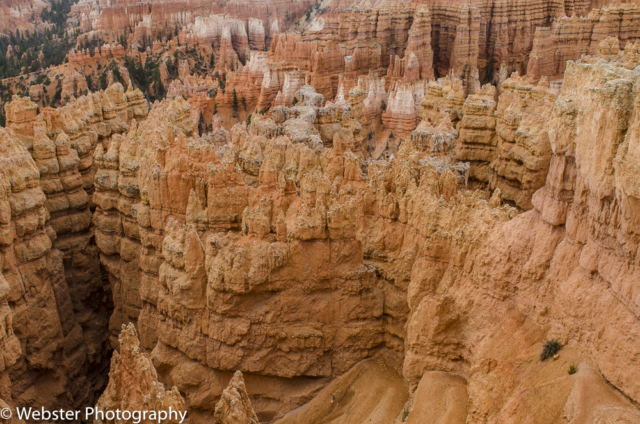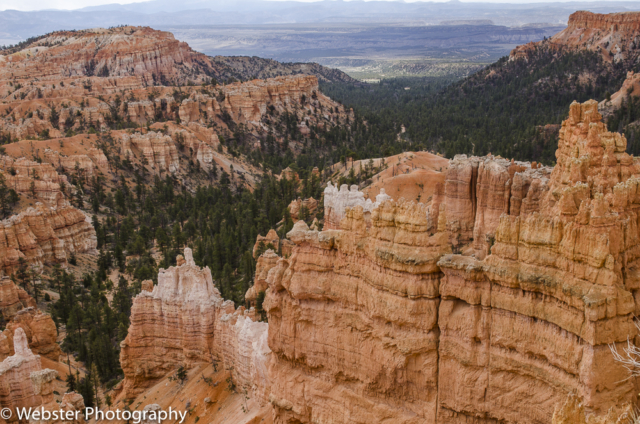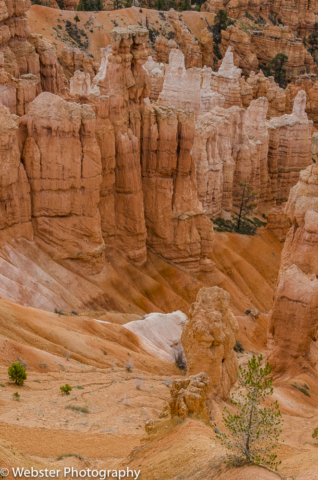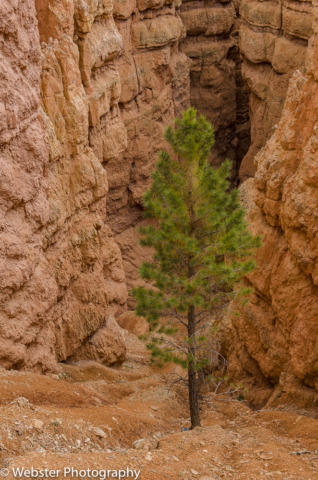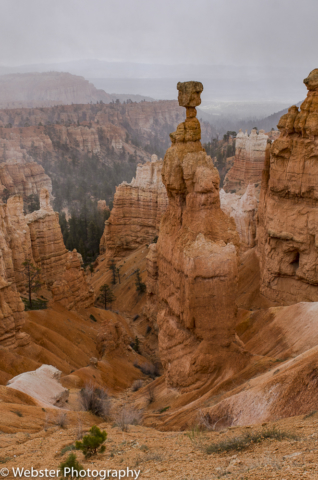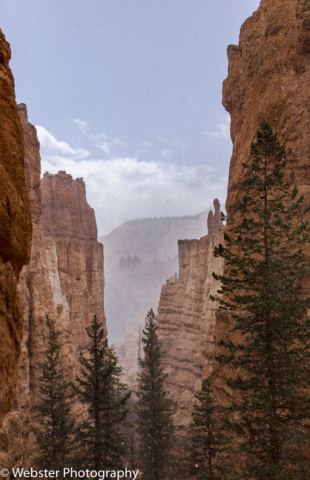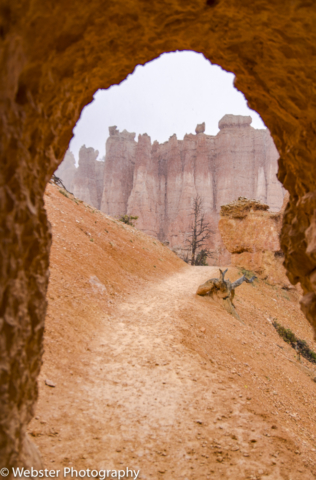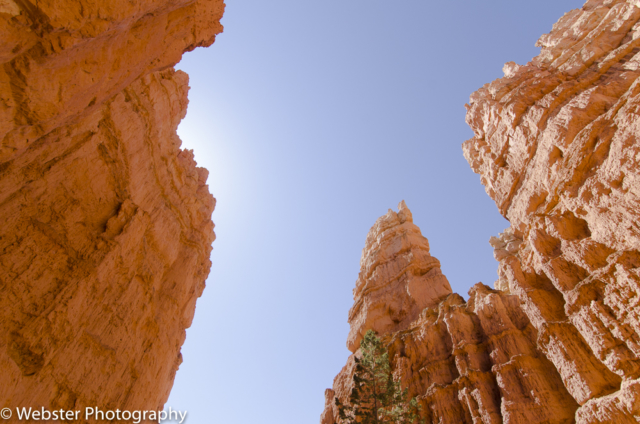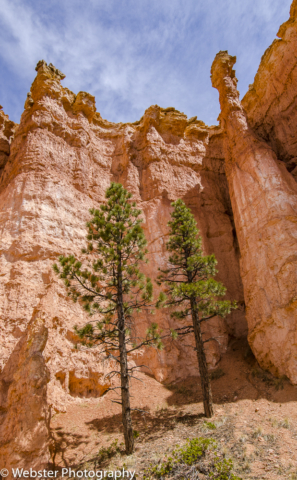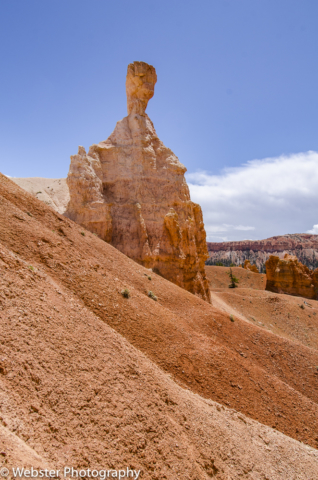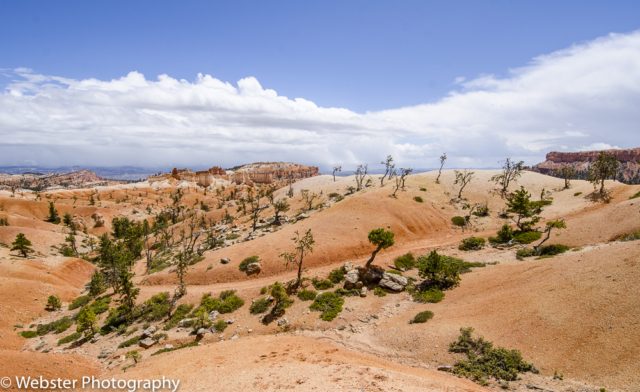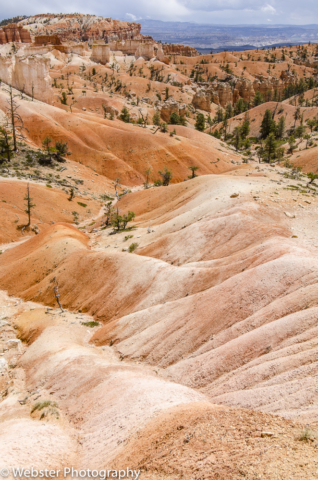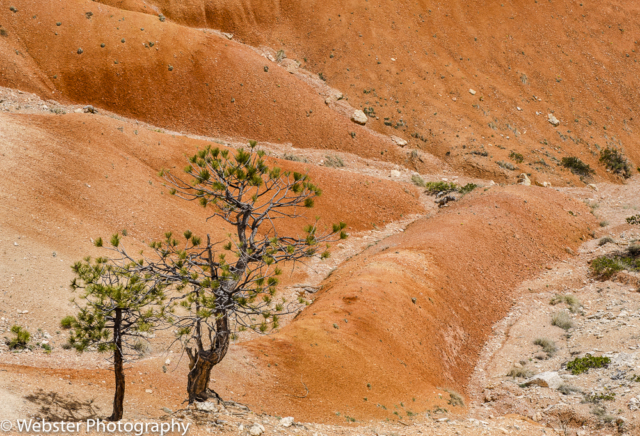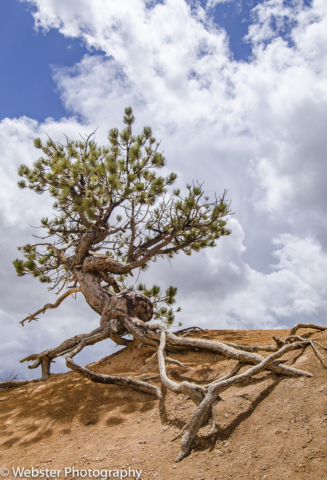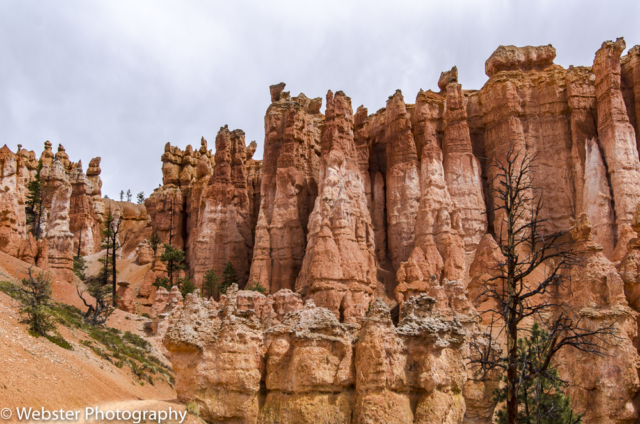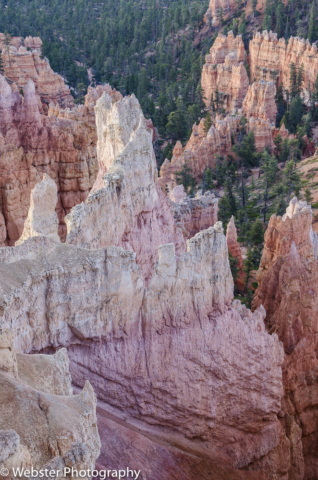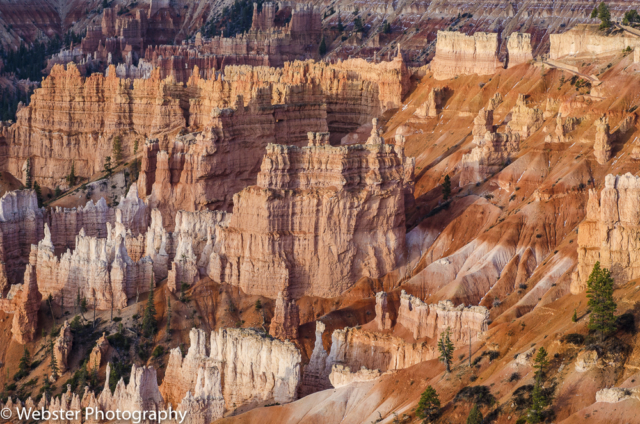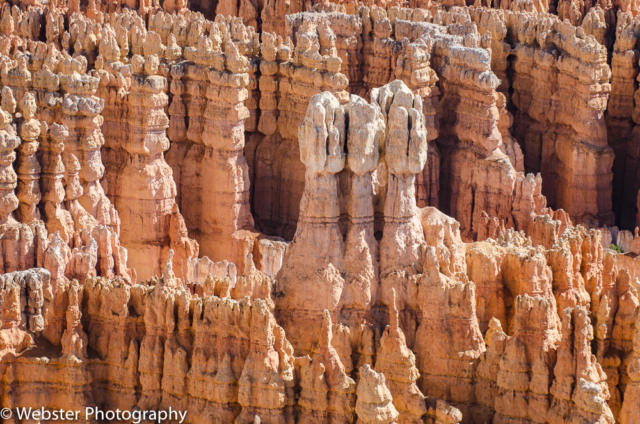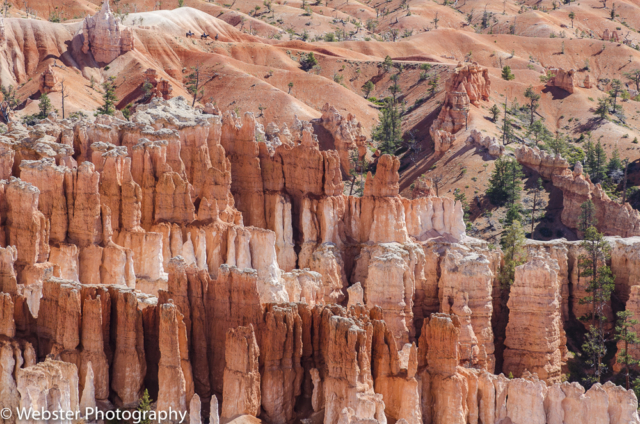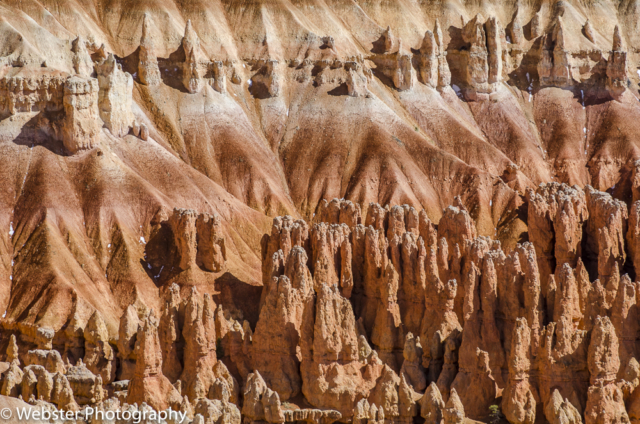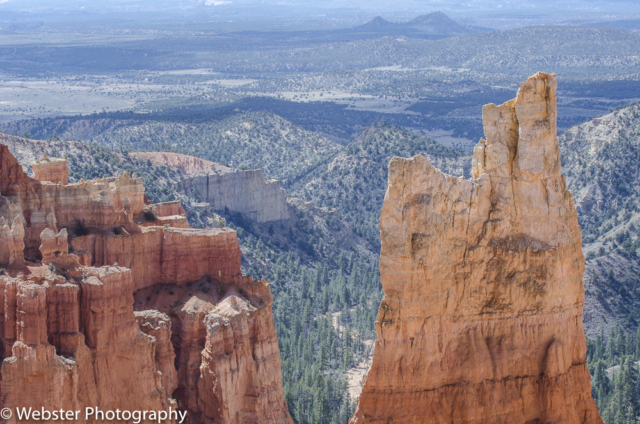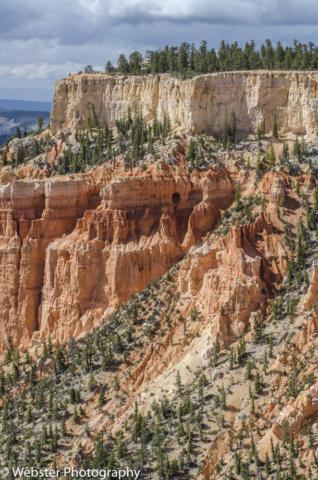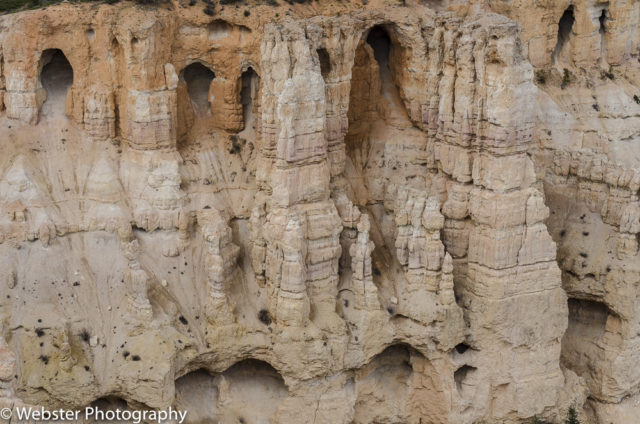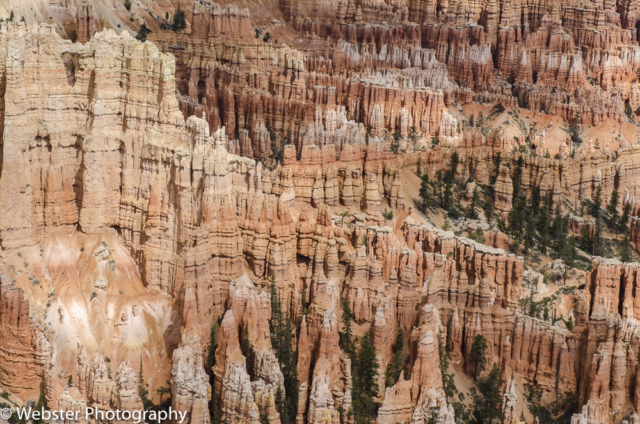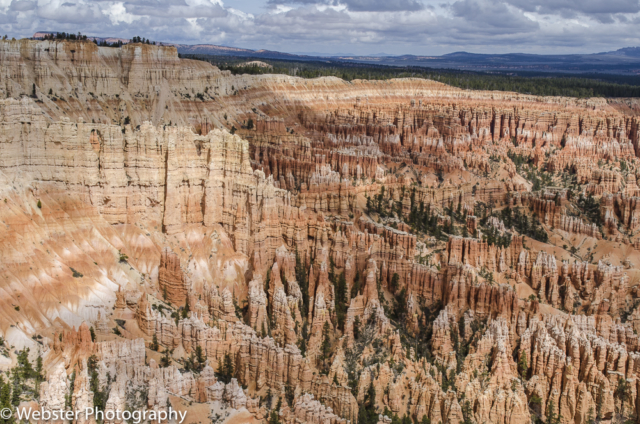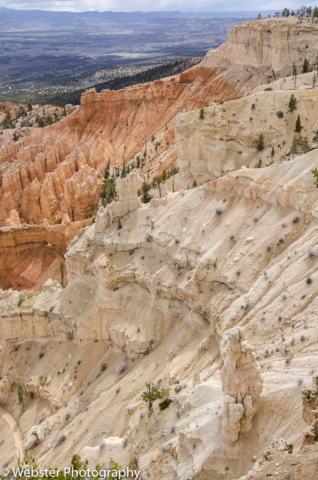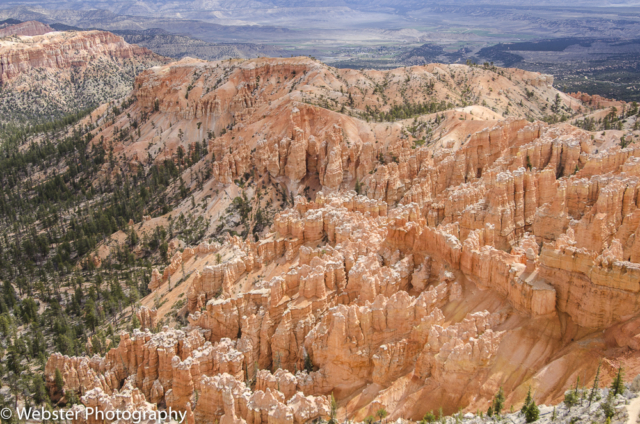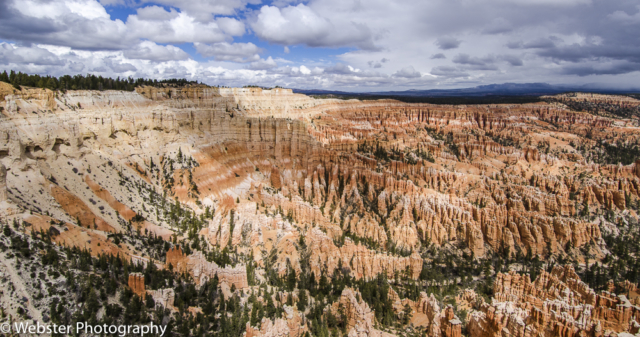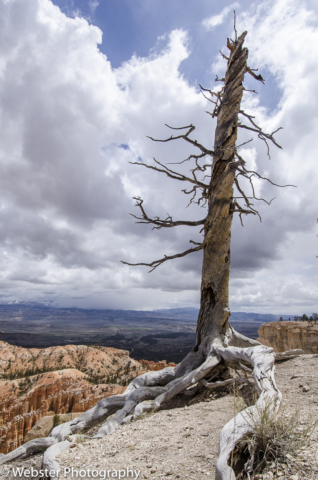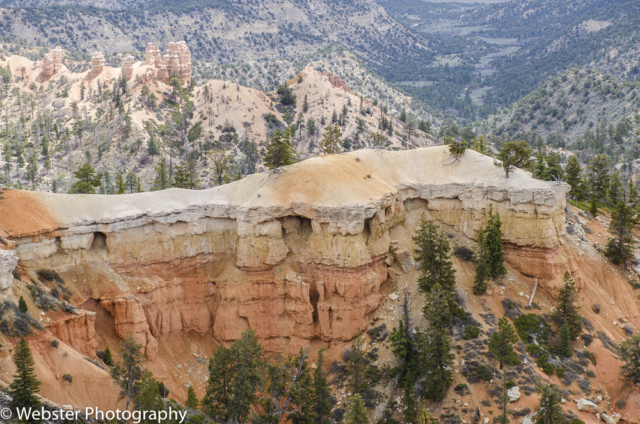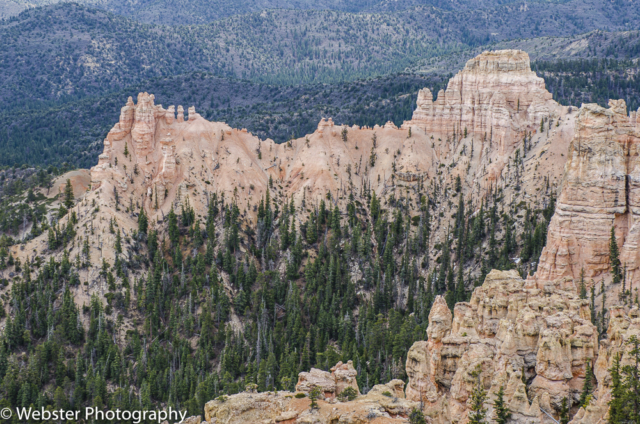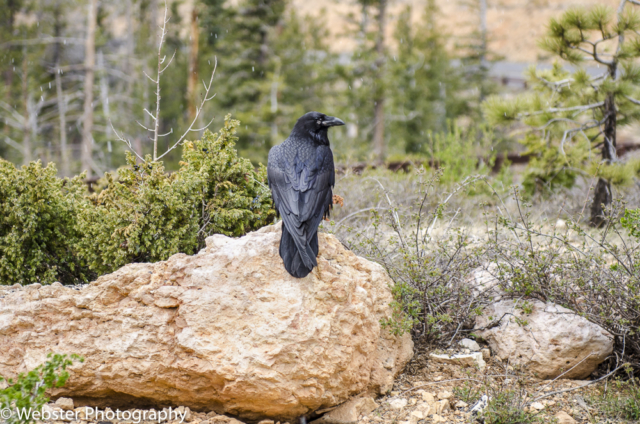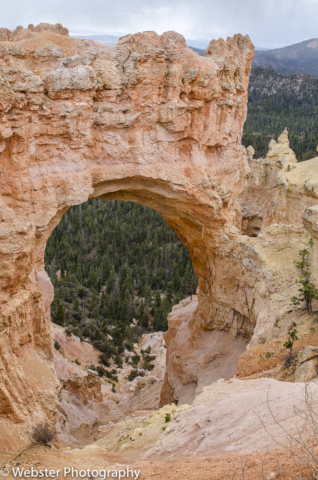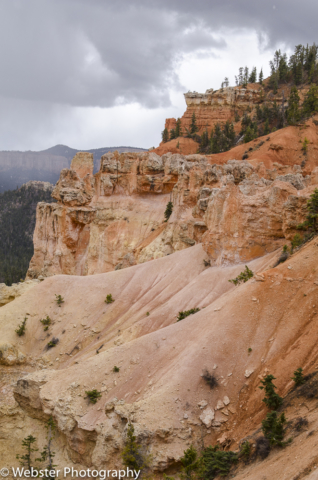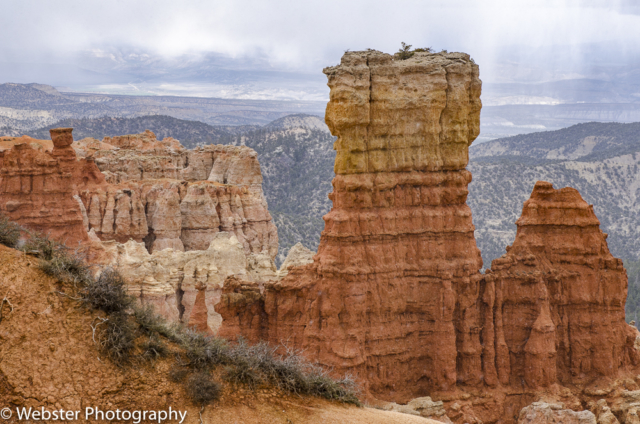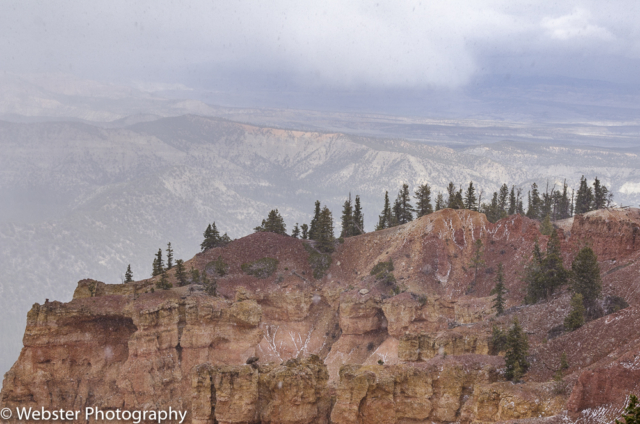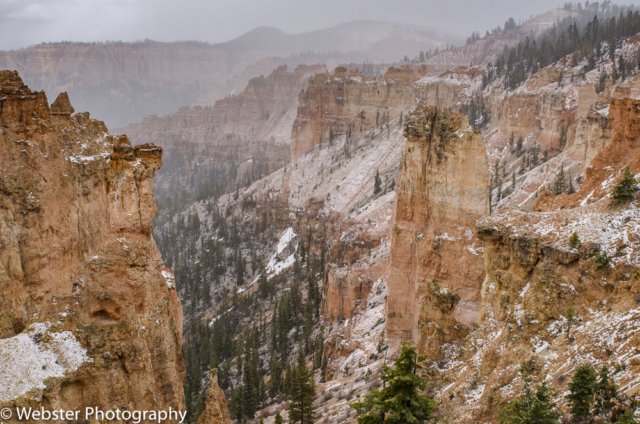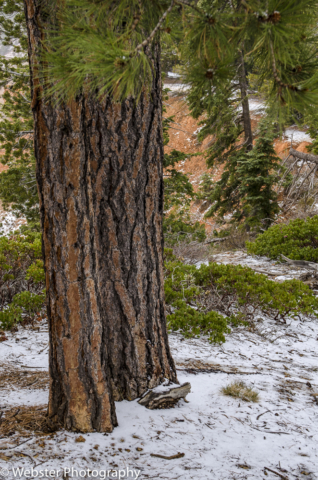Bryce Canyon National Park is a U.S. National Park located in southwestern Utah.The major feature of the park is Bryce Canyon, which despite its name, is not a canyon, but a collection of giant natural amphitheaters along the eastern side of the Paunsaugunt Plateau. Bryce is distinctive due to geological structures called hoodoos, formed by frost weathering and stream erosion of the river and lake bed sedimentary rocks. The red, orange, and white colors of the rocks provide spectacular views for park visitors. Bryce Canyon National Park is much smaller, and sits at a much higher elevation than nearby Zion National Park.The rim at Bryce varies from 8,000 to 9,000 feet.
Established: February 25, 1928
Size: 35,835 Acres
Rank: 50
# Visitors in 2018:
(May 2013) I visited Bryce in May 2013 during a 9-day roadtrip through Utah and northern Arizona. I went with a fellow photographer who I met at an RMSP workshop in Glacier National Park the previous summer. My friend lives in Utah and organized the trip where we visited 4 National Parks, 3 State parks and slot canyons in Page, AZ. We spent 2 days in Bryce. I was surprised by the elevation at Bryce, especially since most of the time we were looking down into the various amphitheaters from the Plateau Rim. My trip to Utah happened before I became obsessed with visiting all the U.S. National Parks so I did not do any research in advance, basically deferring to my friend for all the planning. I wasn’t expecting snow during a mid-May visit, but snow we had….Not that much, but enough to make the red soil wet and slippery. I had huge clay clumps sticking to my hiking shoes at times.. We also experienced beautiful, sunny warm weather- lots of changes in a short time! I loved all the shapes, colors and textures of the hoodoos and other formations. I also love to photograph trees, so you’ll see lots of different images of trees throughout this post…and all my posts 🙂
The iconic scenery (Bryce Amphitheater) can be seen from the short paved pull-outs off the main road through the park and near the Visitor Center. We arrived mid-morning and started at the main lookout at Sunset Point. Looking down into the Bryce Amphitheater was breathtaking.
We set off on a hike down into the canyon on Rim Trail and Queens Garden Trail. The Navajo Loop Trail was closed. The weather started out nice, but it soon started raining/hailing which made the hiking more difficult and the views more surreal. Things changed quickly, with the sun shining brightly. It got quite warm as we hiked further down into canyon.
The next day, we got up early enough to capture the sunrise…. along with tons of other people. That’s one of the problems with having a highly accessible viewpoint.
We then got in our car and drove the entire Plateau Rim Road which is 18 miles one-way. The road ends at Rainbow Point with no exit from the park from there, so we drove back the same way we came. We stopped multiple times both there and on the way back, taking about 6 hours total. It was a largely overcast day that eventually turned to snow which again made for some surreal landscape shots.
Bryce Canyon is a gorgeous and unique park with lots of hiking trails that I would love to return to explore. As always, 2 days is never enough time to explore a park like Bryce. I do feel so grateful, however, that I got to see so much diversity of weather during my short visit. Sunshine and warmth are always welcomed, but seeing the formations covered with snow created a different mood.

